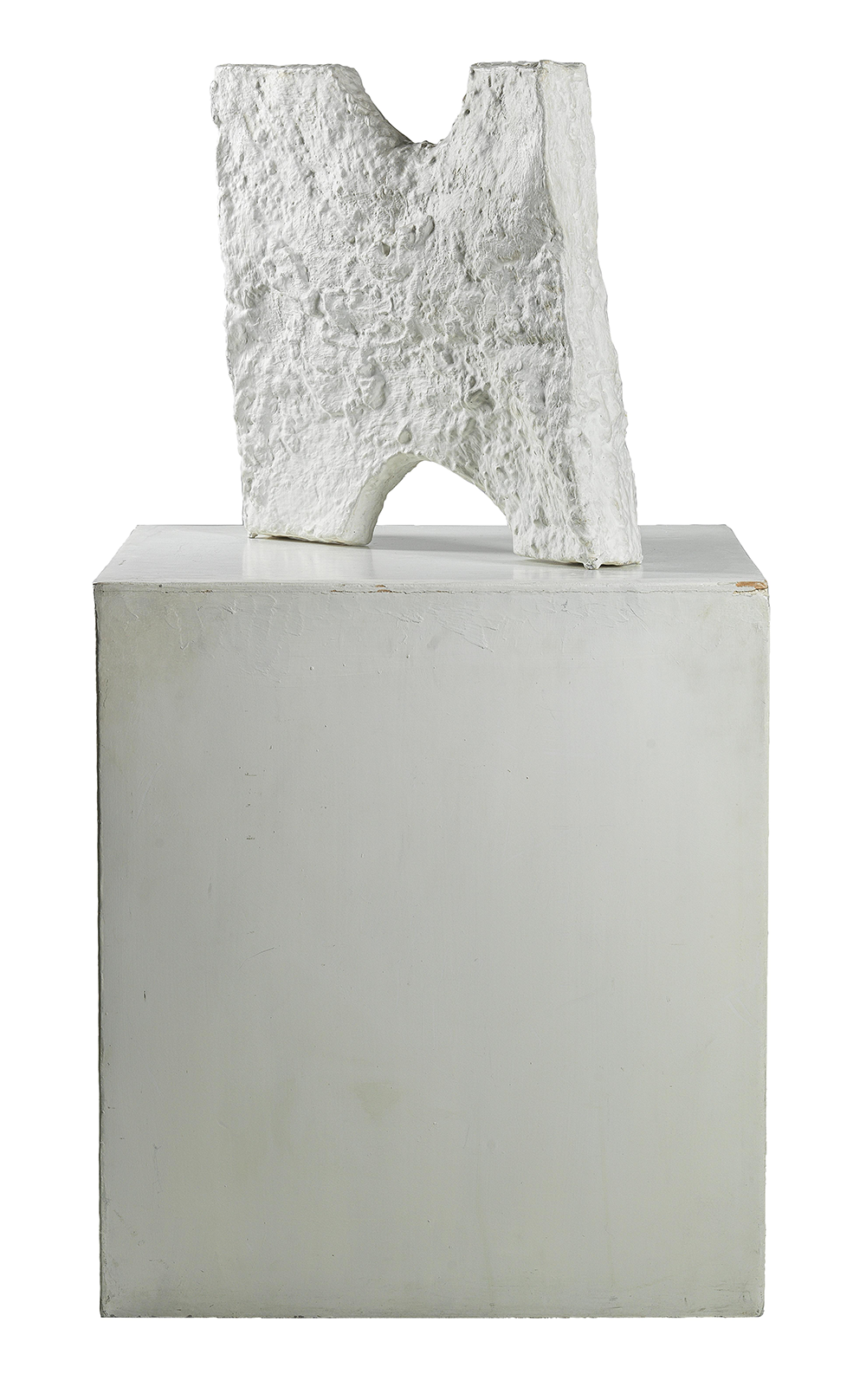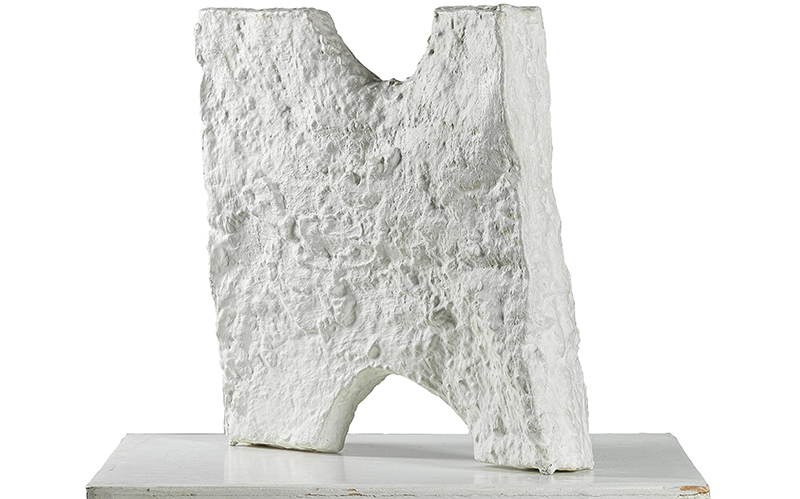
Do they fit to the body? The mind adapts to these pieces as they adapt to space. It is only when harnessed to a human being in the context of some action that they become art. They are meant to be handled, gesticulated with, held to the body, and the like: Franz West called them ‘Passstücke’ – ‘Adaptives’ or ‘Fitting Pieces’ – when he first produced them in the 1970s using papier mâché or plaster. ‘I made the Adaptive because I would have found it fabulous to be able to respond actively when visiting a museum,’ West said about their original motivation. Consequently, the Viennese artist with a talent for witty language that was never free of irony also referred to them as neuroses made visible or as prostheses. Handling them, one can project one’s inner life to the outside. ‘BI 4 (Adaptive)’ is a prominent unique item of its kind, being Number 4 out of altogether eleven Adaptives presented on white pedestals in the Austrian Pavilion at the 1990 Venice Biennale.
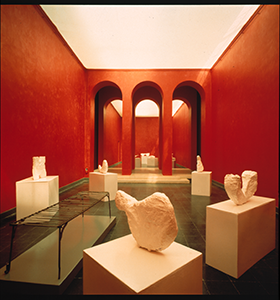
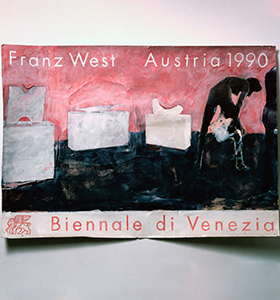
Franz West (1947–2012) was one of the foremost Austrian artists who also exercised a strong influence on younger generations. Viennese fin-de-siècle language criticism, philosophy, and psychoanalysis, as well as Vienna Actionism had a profound impact on his work. Following his studies under Bruno Gironcoli, West devoted himself to painting and collage. He had his first exhibitions at Galerie nächst St. Stephan. In 1985, when he was represented by the gallery of Peter Pakesch, Franz West appeared at such large-scale international exhibitions as documenta and the Venice Biennale, as well as at the New York MoMA in 1997. At the 2011 Venice Biennale, Franz West was awarded the Golden Lion for his life’s work.
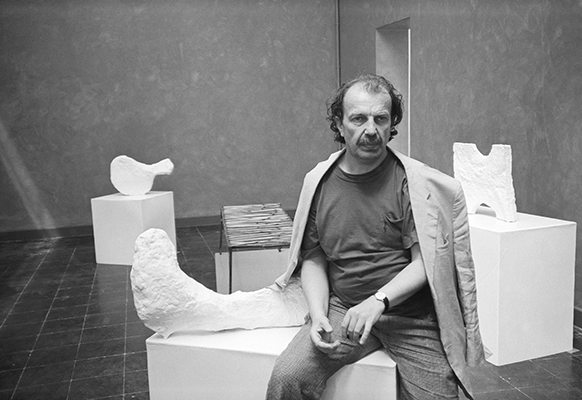
Auction
CONTEMPORARY ART I
25 November 2020
CONTAKT
Tel. +43-1-515 60-358, 386

